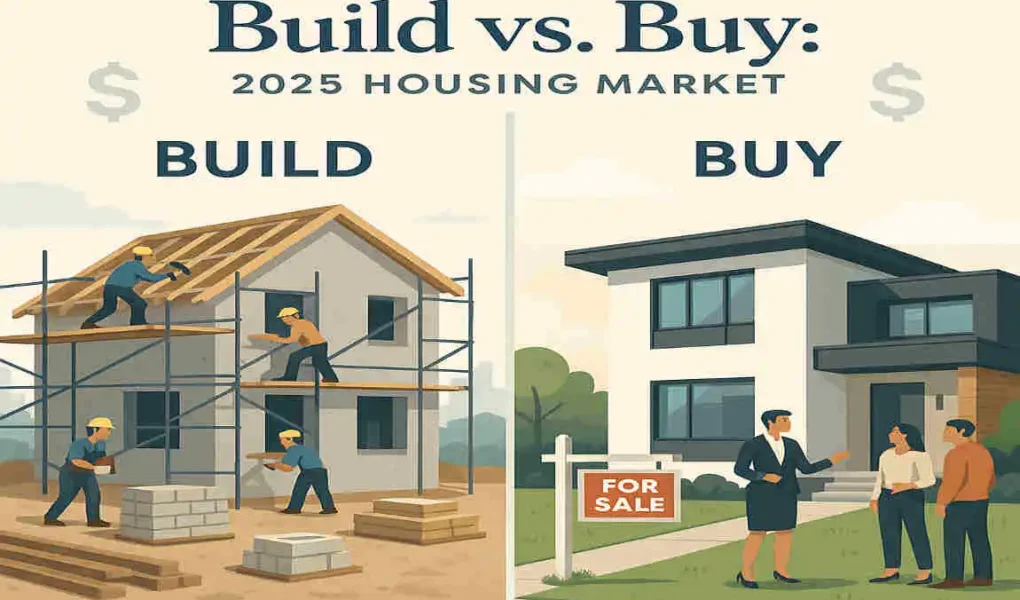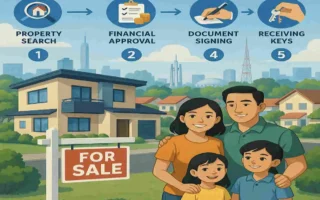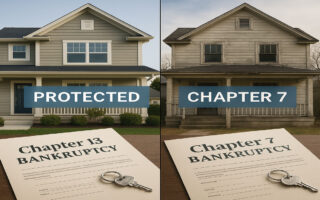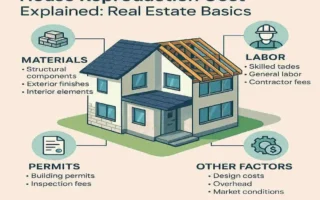Are you considering taking the plunge into homeownership in 2025? If so, you’re probably asking yourself a crucial question: Is it cheaper to build or buy a house? This decision can significantly impact your financial future, so it’s essential to weigh the pros and cons carefully.
Understanding the Build vs. Buy Decision
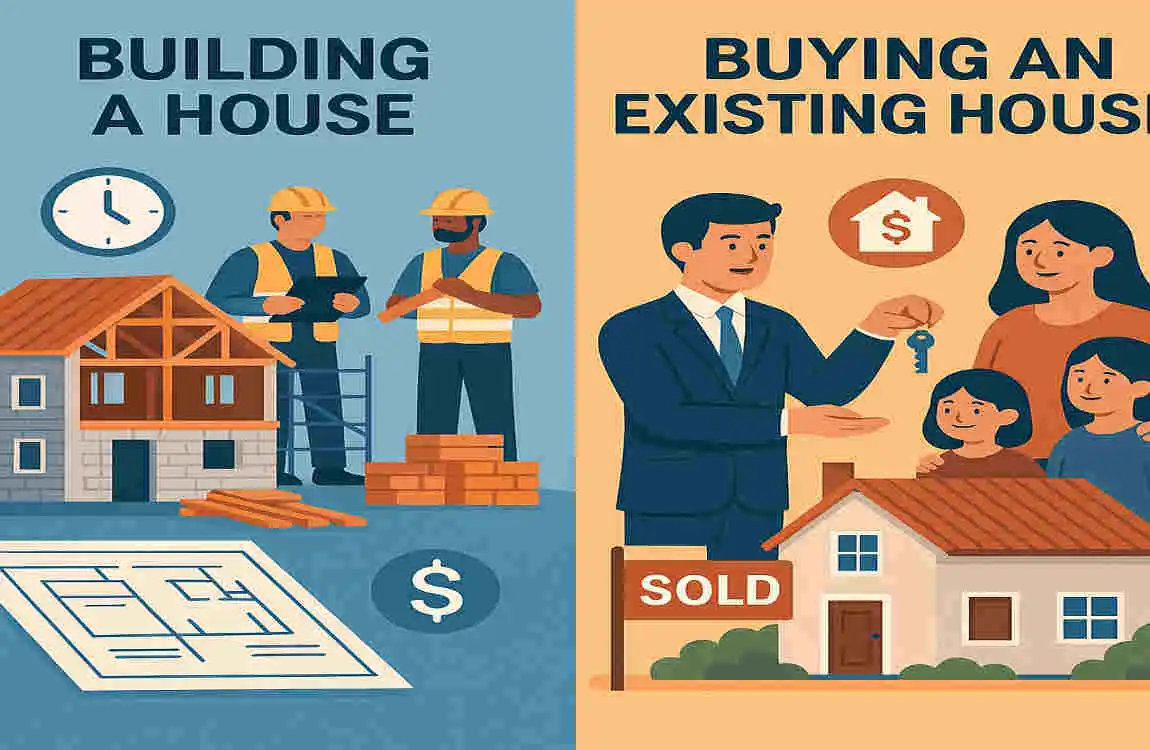
Before we dive into the specifics, let’s clarify what we mean by building a house versus buying an existing one.
Building a House
When you choose to build a house, you’re starting from scratch. You’ll need to purchase land, hire an architect and a builder, and oversee the entire construction process. This option gives you complete control over the design, layout, and materials used in your new home.
Buying an Existing House
On the other hand, buying an existing house means purchasing a property that’s already built and ready to move into. You’ll have less control over the design and layout, but you’ll save time and potentially money by skipping the construction process.
Typical Motivations and Misconceptions
People often choose to build a house because they want a custom-designed home that perfectly fits their needs and preferences. Others may opt to buy an existing house for the convenience and immediate availability.
However, there are some common misconceptions to be aware of. For example, some people believe that building a house is always more expensive than buying, while others think that buying an existing home means settling for someone else’s design choices.
Current Real Estate Market Trends in 2025
To make an informed decision, it’s crucial to understand the current state of the real estate market in 2025.
Housing Prices and Inflation Impact
In 2025, housing prices are expected to continue rising due to ongoing inflation and high demand. However, the rate of increase has slowed compared to previous years, offering some relief to potential buyers and builders.
Availability of Land and Homes
The availability of land for building has become more limited in some areas, driving up prices. At the same time, the inventory of existing homes for sale remains low, creating a competitive market for buyers.
Construction Costs and Supply Chain Factors
Construction costs have also risen due to supply chain disruptions and increased demand for materials. However, some builders have found ways to mitigate these costs through efficient construction methods and bulk purchasing.
Regional Variations Influencing Prices
It’s important to note that real estate market trends can vary significantly by region. In some areas, building a house may be more affordable than buying, while in others, the opposite may be true. Be sure to research your local market carefully before making a decision.
Cost Analysis: Is Cheaper to Build or Buy a House?
Now, let’s dive into the nitty-gritty of the costs associated with building versus buying a house in 2025.
Breakdown of Building Costs
When building a house, you’ll need to consider several key expenses:
- Land purchase: The cost of the land you’ll be building on can vary widely depending on location and size.
- Materials: The price of construction materials, such as lumber, steel, and concrete, can fluctuate based on supply and demand.
- Labour: Hiring a builder and subcontractors will increase your overall costs. Be sure to get multiple quotes to ensure you’re getting a fair price.
- Permits and fees: Don’t forget to factor in the cost of building permits, inspections, and other fees required by your local government.
Breakdown of Buying Costs
When buying an existing house, your costs will be different:
- Market price: The price of the home itself will be your largest expense. Be sure to compare prices in your area to ensure you’re getting a good deal.
- Inspections: Hiring a home inspector to assess the condition of the property is a wise investment, but it will add to your costs.
- Renovations: If the home needs repairs or updates, you’ll need to factor in the cost of these renovations.
Hidden and Ongoing Costs
Both building and buying a house come with hidden and ongoing costs to consider:
- Maintenance: Whether you build or buy, you’ll need to budget for regular maintenance and repairs.
- Taxes: Property taxes can vary significantly by location and will impact your overall costs.
- Insurance: Homeowner’s insurance is essential, but its cost can vary based on factors such as location and the value of your home.
Comparative Cost Charts and Data
To help you make an informed decision, let’s take a look at some comparative cost data for building versus buying a house in 2025:
Cost Factor: Building a House, Buying an Existing House
Land Purchase $50,000 – $200,000 N/A
Materials $100,000 – $300,000 N/A
Labor $100,000 – $250,000 N/A
Permits and Fees $5,000 – $20,000 N/A
Market Price N/A $200,000 – $500,000
Inspections N/A $500 – $1,500
Renovations N/A $10,000 – $50,000
Maintenance $1,000 – $3,000/year $1,000 – $3,000/year
Taxes $2,000 – $6,000/year $2,000 – $6,000/year
Insurance $1,000 – $2,000/year $1,000 – $2,000/year
Please note that these are rough estimates, and your actual costs may vary depending on your location, the size and style of your home, and other factors.
Advantages of Building a House in 2025
Now that we’ve covered the costs, let’s explore some of the advantages of building a house in 2025.
Customisation and Design Freedom
One of the biggest advantages of building a house is the ability to customise every aspect of your home. From the layout and floor plan to the finishes and fixtures, you’ll have complete control over the design.
Modern Materials and Energy Efficiency
When you build a new home, you can take advantage of the latest building materials and technologies. This can lead to a more energy-efficient and sustainable home, ultimately saving you money on utility bills in the long run.
Potential Long-Term Savings
While building a house may have higher upfront costs, it can lead to long-term savings. For example, a well-insulated and energy-efficient home can reduce your heating and cooling costs, while a durable and low-maintenance design can minimise your ongoing expenses.
Ability to Choose Location and Layout
When you build a house, you have the freedom to choose the ideal location that suits your needs. Whether you want to be close to work, school, or amenities, you can find the perfect spot. You can also design the layout to fit your lifestyle, whether that means an open-concept design or separate rooms for privacy.
Disadvantages of Building a House
Of course, building a house isn’t without its challenges. Let’s examine some of the potential disadvantages.
Timeframe and Construction Delays
Building a house can take anywhere from several months to a year or more, depending on the size and complexity of your project. You’ll need to be prepared for potential delays due to weather, supply chain issues, or other factors beyond your control.
Upfront Financial Investment and Loans
Building a house requires a significant upfront financial investment. You’ll need to purchase the land, pay for materials and labour, and cover other associated costs before you can move in. This may involve taking out a construction loan, which often comes with higher interest rates and fees.
Unpredictable Costs During Construction
Even with careful planning and budgeting, unexpected costs can arise during construction. For example, you may discover that the soil on your lot requires additional preparation or that the price of a key material has increased suddenly. These unexpected expenses can quickly add up.
Emotional and Logistical Challenges
Building a house can be an emotionally and logistically challenging process. You’ll need to make numerous decisions, from the colour of the paint to the type of flooring, and you’ll also need to coordinate with builders, subcontractors, and suppliers. This can be stressful and time-consuming, especially if you’re juggling other responsibilities, such as work and family.
Advantages of Buying an Existing House
Now, let’s explore some of the advantages of buying an existing house in 2025.
Immediate Availability and Convenience
One of the biggest advantages of buying an existing house is the immediate availability and convenience. You can often move in within weeks or months, rather than waiting for a new home to be built. This can be especially appealing if you need to relocate quickly or if you’re tired of renting.
Potentially Lower Initial Cost in Certain Markets
In some markets, buying an existing house may be less expensive than building a new one. This can be especially true in areas with an oversupply of homes or where land prices are high. Be sure to compare the costs carefully to see if this is the case in your area.
Established Neighbourhoods and Infrastructure
When you buy an existing house, you’re often moving into an established neighbourhood with mature trees, sidewalks, and other amenities. You may also benefit from existing infrastructure, such as schools, parks, and public transportation.
Possible Negotiation Opportunities
When buying an existing house, you may have more room to negotiate on price, especially if the home has been on the market for a while or if the seller is motivated to sell quickly. This can help you save money and get a better deal.
Disadvantages of Buying an Existing House
Of course, buying an existing house comes with its own set of challenges. Let’s examine some of the potential disadvantages.
Limited Customization
When you buy an existing house, you’re limited to the design and layout choices made by the previous owner. While you can make some changes through renovations, you may not be able to achieve the exact look and feel you want.
Older Home Maintenance and Hidden Repair Costs
Older homes may require more maintenance and repairs than new builds. You may need to replace outdated systems, such as plumbing, electrical, or HVAC, or address issues like a leaky roof or foundation problems. These hidden costs can add up quickly and impact your overall budget.
Energy Inefficiency and Outdated Designs
Older homes may also be less energy-efficient than new builds, resulting in higher utility bills. You may also find that the design and layout of the house don’t meet your needs or preferences, requiring costly renovations to update.
Possible Need for Renovations Upfront
If you purchase an existing house that requires significant updates or repairs, you will need to budget for renovations upfront. This can add to your overall costs and delay your move-in date, especially if you need to live elsewhere while the work is being done.
Investment Perspective: Which Option Adds More Value?
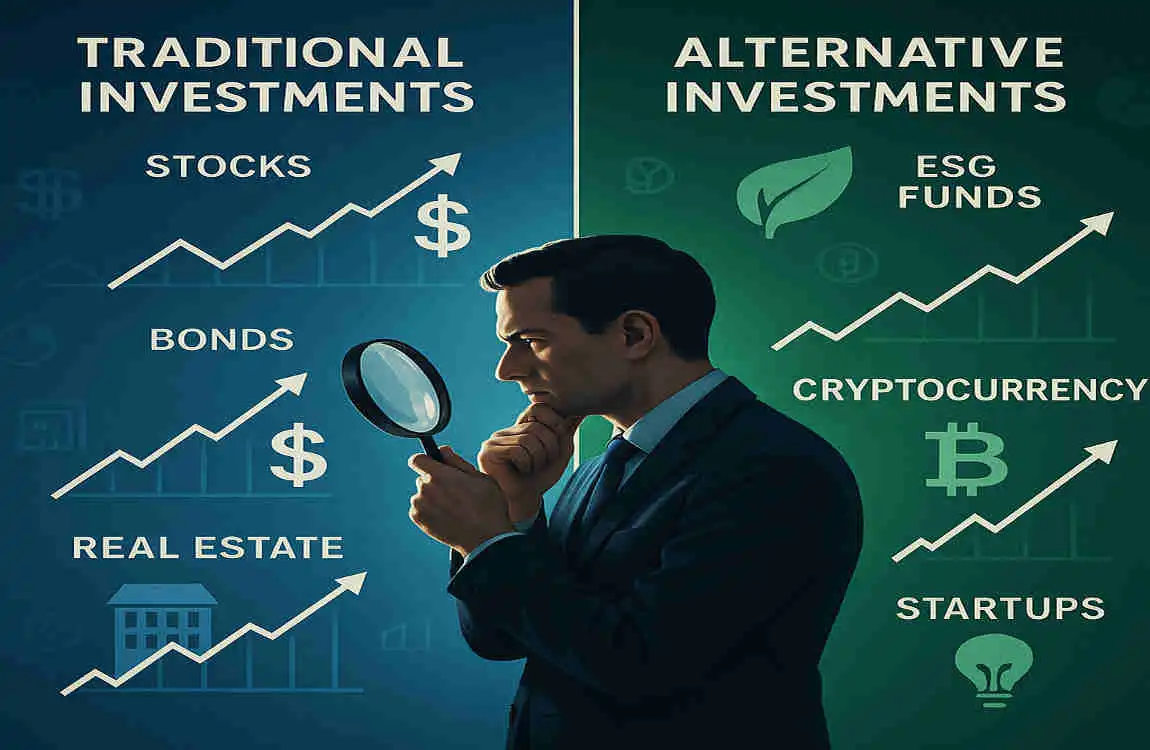
When deciding whether to build or buy a house, it’s important to consider the investment potential of each option.
Resale Value Potential of New Builds vs. Existing Homes
Generally, new builds tend to have a higher resale value than existing homes, particularly in desirable neighbourhoods or markets. Buyers often value the modern design, energy efficiency, and low maintenance of new homes, which can translate into a higher selling price down the road.
Market Demand and Buyer Preferences in 2025
In 2025, buyer preferences may lean towards new builds due to the factors mentioned above. However, market demand can vary by region, so it’s important to research your local market carefully. In some areas, there may be strong demand for well-maintained and updated existing homes.
Equity Growth and Appreciation Trends
Both new builds and existing homes can appreciate in value over time, but the rate of appreciation may vary. New builds may appreciate more quickly in the short term, while existing homes may see more steady growth over the long term. Be sure to consult with a local real estate expert to gain insight into the equity growth and appreciation trends in your area.
Tax Benefits or Implications
There may be tax benefits or implications associated with building versus buying a house. For example, you can deduct certain expenses related to building a new home, while buying an existing home may come with property tax implications. Be sure to consult with a tax professional to understand how these factors may impact your decision.
Case Studies and Real-Life Examples
To help you make a more informed decision, let’s take a look at some real-life examples of people who have built or bought a house in 2025.
Example 1: Successful Build Experience and Cost Breakdown
Sarah and John decided to build their dream home in a suburban neighbourhood outside of a major city. They purchased a lot for $100,000 and spent $350,000 on construction, which included materials, labour, and permits. The total cost came to $450,000, but they were able to customise every aspect of their home to fit their needs and preferences.
Example 2: Buying an Existing Home — Costs and Outcomes
Mike and Lisa opted to buy an existing home in a well-established neighbourhood. They purchased a 20-year-old house for $300,000 and spent an additional $20,000 on inspections and minor renovations. While they didn’t have the same level of customisation as a new build, they were able to move in quickly and enjoy the mature trees and amenities of their new neighbourhood.
Comparisons Highlighting “Is Cheaper to Build or Buy a House” in Different Regions
In some regions, building a house may be more cost-effective than buying an existing one. For example, in a rural area with low land prices and an abundance of new construction, building a house may be the more affordable option. In contrast, in a high-demand urban market with limited land availability, buying an existing home may be the more cost-effective choice.
How to Decide What’s Best for You in 2025
Ultimately, the decision to build or buy a house in 2025 will depend on your individual circumstances and priorities. Here are some factors to consider as you make your choice:
Assessing Personal Financial Situation
Take a close look at your financial situation, including your income, savings, and debt. Can you afford the upfront costs of building a house, or would buying an existing home be more within your budget? Be sure to factor in ongoing expenses, such as maintenance, taxes, and insurance, as well.
Lifestyle and Time Considerations
Consider your lifestyle and time constraints. Do you have the time and energy to oversee a construction project, or would you prefer the convenience of moving into an existing home? Consider your family’s needs and how each option would fit into your daily routine.
Long-Term Goals (e.g., Family Needs, Investment)
Consider your long-term goals and how building or buying a house aligns with those plans. Are you seeking a forever home that you can customise to meet your family’s specific needs? Or are you more focused on the investment potential of the property? Your priorities will help guide your decision.
Consulting with Real Estate Experts and Builders
Don’t hesitate to consult with real estate experts and builders as you make your decision. A knowledgeable real estate agent can help you navigate the market and find the best options for your needs and budget. A builder can provide valuable insights into the construction process, helping you understand the costs and timeline involved.
Tips for Saving Money in Both Options
Whether you decide to build or buy a house, there are ways to save money and make the most of your investment. Here are some tips to keep in mind:
Negotiating with Builders or Sellers
Don’t be afraid to negotiate with builders or sellers to get the best possible price. In a competitive market, you can secure a better deal by being willing to walk away or by offering a quick closing.
Choosing the Right Location
The location of your home can significantly impact the overall cost. Look for areas with lower land prices or a lower cost of living to save money on your purchase or construction.
Energy-Efficient Upgrades to Reduce Costs
Investing in energy-efficient upgrades, such as insulation, windows, and appliances, can help you save money on utility bills over time. These upgrades may have a higher upfront cost, but they can ultimately yield a return on investment.
Financing Options and Incentives
Be sure to explore all of your financing options and look for incentives that can help you save money. For example, you can secure a lower interest rate on a mortgage or take advantage of tax credits for energy-efficient upgrades.

